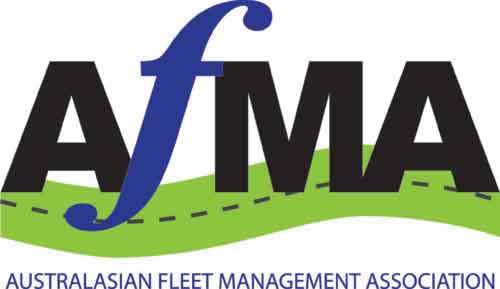INTRODUCTION
MANUAL OF FLEET MANAGEMENT
INTRODUCTION
There is increasing pressure being placed on companies to ensure that workplace safety is adequately addressed and managed. Boards and management are required to implement an appropriate system for risk identification and reduction and encourage a safety conscious culture. It is no longer sufficient to rely on a simple process or procedure and assume that the risk has been addressed.
An organisation’s risk profile for work related transport activities is determined by the nature of its business and its culture towards a safety environment or, put simply, the way it conducts its business.
Under current legislation the organisation will be held responsible for and can be held liable for any and all related (negative) outcomes from its transport activities.
Responsibility is extended from the individual driver to those tasked with determining the transport need, identifying and reducing or mitigating risk and actively managing the process. It puts responsibility on all those involved in the transport chain, whatever their capacity.
In broad terms, if the organisation and its management facilitates, either by direct action or inaction, any situation or circumstance that results in a negative outcome for either the employee or any other person that the employee’s actions affect, then the organisation and its managers can be held liable.
This places a clear responsibility on the organisation to carry out assessments and periodic reviews, of the organisation’s safety/risk/harm awareness and minimisation system.
An organisation has to ensure that the processes, procedures and systems that address workplace safety are sound and adequate to manage the potential risks associated with the company’s transport activities so that personnel, contractors and the general public alike are not put at risk.
All personnel, including contractors, need to be covered by a documented process that encompasses a defined and managed program including skills assessment, training and emergency response through proven processes and procedures. The consequence of failure could be as serious as criminal proceedings against the company’s management.
Traditionally, driver safety has focused on the individual and the vehicle. However, this neglects the context, the organisational culture, in which drivers at work are operating. Any system must acknowledge that organisational culture will define whether it can introduce, develop and nurture an effective safety culture.
Organisational culture can be thought of as the way an organisation ‘thinks’ or at a basic level ‘the way we do things around here’.
Three elements shape and define an organisation’s culture, these are:
- How the organisation represents itself (its beliefs, attitudes and values);
- How an organisation functions (its structures, practices, controls, policies and procedures);
- Whether or not these are positively managed by all levels of management, from senior through middle and lower management, producing an outcome that is successful by design.
If safety is not regarded as paramount by the organisation’s management then any system will struggle. Only through a cultural change and support process can an organisation’s safety philosophy be sufficiently developed to a level where it can still dominate when carried outside into the mobile workplace environment where it may be tested by external competing cultures.





